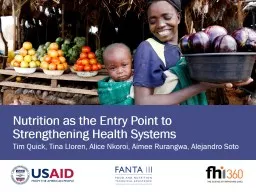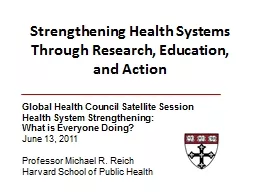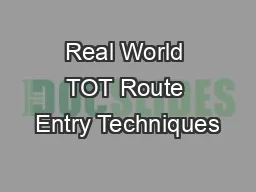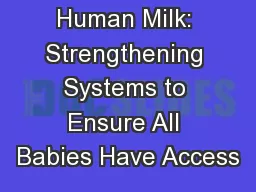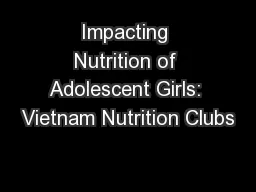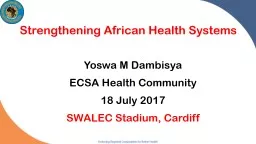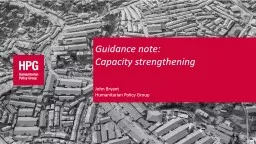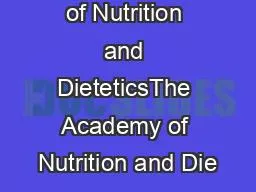PPT-Nutrition as the Entry Point to Strengthening Health Systems
Author : aaron | Published Date : 2018-12-09
Tim Quick Tina Lloren Alice Nkoroi Aimee Rurangwa Alejandro Soto Clinical Mgmt Treatment amp management of acute amp chronic infections amp noncommunicable disease
Presentation Embed Code
Download Presentation
Download Presentation The PPT/PDF document "Nutrition as the Entry Point to Strength..." is the property of its rightful owner. Permission is granted to download and print the materials on this website for personal, non-commercial use only, and to display it on your personal computer provided you do not modify the materials and that you retain all copyright notices contained in the materials. By downloading content from our website, you accept the terms of this agreement.
Nutrition as the Entry Point to Strengthening Health Systems: Transcript
Download Rules Of Document
"Nutrition as the Entry Point to Strengthening Health Systems"The content belongs to its owner. You may download and print it for personal use, without modification, and keep all copyright notices. By downloading, you agree to these terms.
Related Documents

